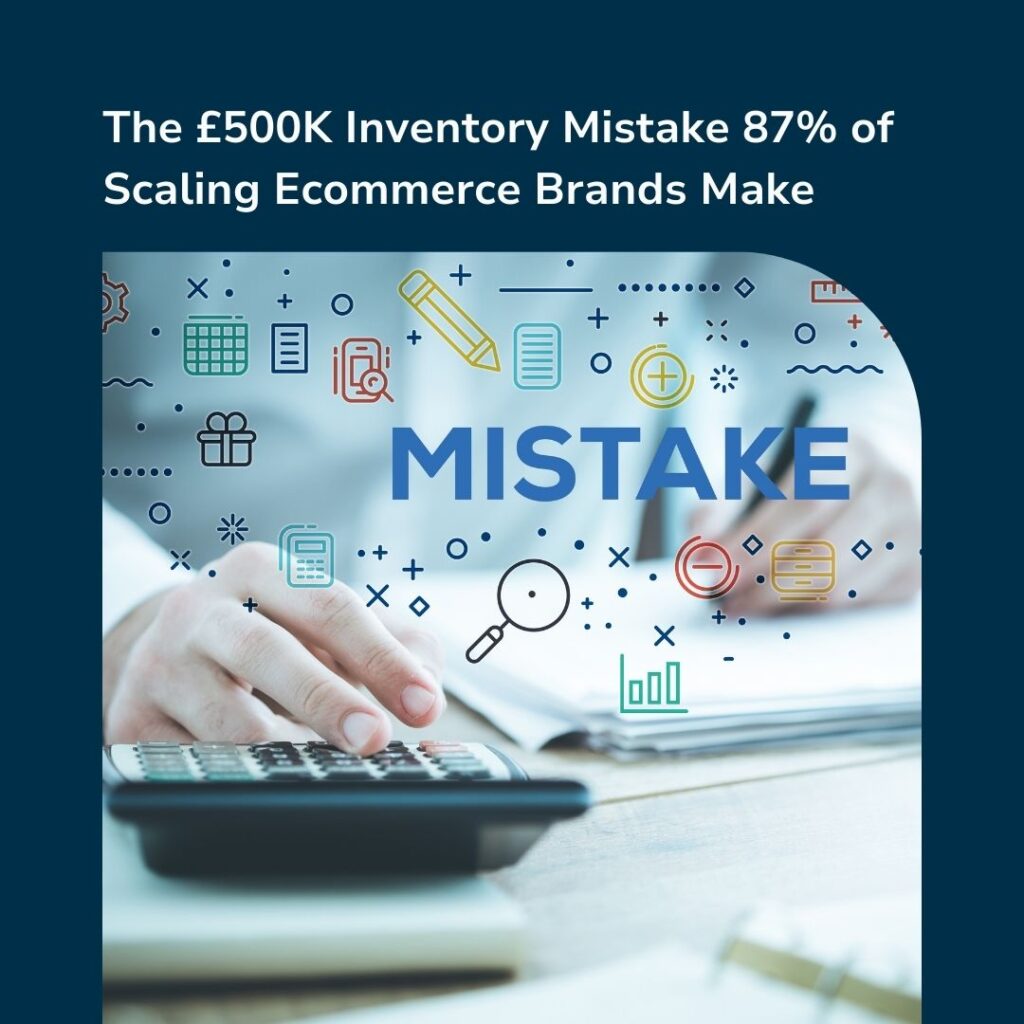Tags – Cutting Out the Middleman
Manufacturing is cutting out the middleman.
With the growth of technology, it has become easier for businesses to produce and sell their products without relying on third-party distributors.
This shift is changing the way consumers buy products, and it is benefiting manufacturers and consumers alike.
Keep reading to find out why forward thinking manufacturers are cutting out the middleman.
The Middleman
Manufacturers, wholesalers/distributors, and retailers have long been partners in the supply chain.
To provide some context, a company’s distribution structure is similar to a pyramid, with manufacturers at the top selling to distributors who then sell to dealers before reaching consumers.
By distributing through wholesale distributors, manufacturers were forced to rely on them to distribute their goods and, in the end, bring them into consumers’ view.
However, in recent years, digital transformation and changes in consumer behaviour have put the middleman model under threat.
Challengingly, the future of manufacturing is unclear, with traditional manufacturers unsure as to how to compete in an e-commerce world where low-cost imports rise and customers demand more.
Because of the growing demand for faster delivery and more customised products, these businesses must evaluate their supply chain’s performance.
Implement New Technology and Solutions, or Risk Losing Market Share
The business model of wholesaler distributors and manufacturers going direct to customers is anticipated to be one of the most significant changes in years in the manufacturing sector.
While the idea of direct consumer sales remains a topic of discussion in the industry, manufacturers must hurry or risk losing consumers.
On this subject, entrepreneurial activity is taking centre stage.
And as you may know: startups are inherently disruptive. After all, it takes years to build a retail network whether you own or not.
The risky direct approach is, however, possible if the company promise is met by the buying experience. Young firms have the potential to alter the landscape if their brand promise is fulfilled through purchasing experiences.
Overall, the competitive advantage these businesses have relied on has been maintaining control of four areas: customer data, customer interactions, profit margins, and the overall client experience – from discovery to conclusion.
And as these startups gain ground, they hold the ability to scale, with better marginal cash flows than most established companies.
Established manufacturing on the other hand, has started to work on their branding, data management, and marketing to gain back the edge while they can.
Overall, the reasons for cutting out the middlemen are quite self-evident.

1. Direct Customer Data
By lowering the role of the middleman, a firm has to get to know its clients.
Historically, the middleman served as the link between the firm and its customers. He studied the market and became acquainted with the intended audience as a function of his work for the company.
Now, companies must identify customers’ wishes and dislikes, as well as shifts in trends, to ensure that they aren’t violating consumer preferences.
After assuming the role of client, a company obtains extensive data about its clients merely by acting.
2. Focus on Customer Experience
The greatest approach for a brand to create a fantastic connection with its consumers is through direct selling. It gives companies the ability to have total control over their products.
Here, a supplier-managed inventory allows a brand to communicate the meaning and purpose behind its goods, as well as provide a distinct personality to help the items stand out in the market.
3. Greater Control Over the Supply Chain
When goods move from the manufacturer to the consumer via a supply chain that lacks intermediaries, it requires less logistics.
This allows manufacturers to bypass needless middlemen and focus on the retailer and end-user.
Also, the retailer can decrease the amount of time it takes to get goods from the factory by utilising a fulfilment home. Additionally, because manufacturers and sellers may link up, provide items, and deliver to customers immediately after purchases,
Because of the reduction in steps in the distribution chain, corporations may also respond quickly to custom orders. Increased efficiency in the supply chain results in greater income and client happiness.
4. Improved Margins
To get the greatest savings, you must cut out intermediaries.
In a model in which producers connect directly to the client, they may save more on expenditures. Rather of paying discounts to middlemen, the maker may sell directly, reducing these expenses.
Then, a supplier managed inventory eliminates administrative expenses, missed revenue, and customer returns. This approach also aids in the distribution channel’s inventory control refinement.
To learn more, get in touch with us today.
You may also like:








